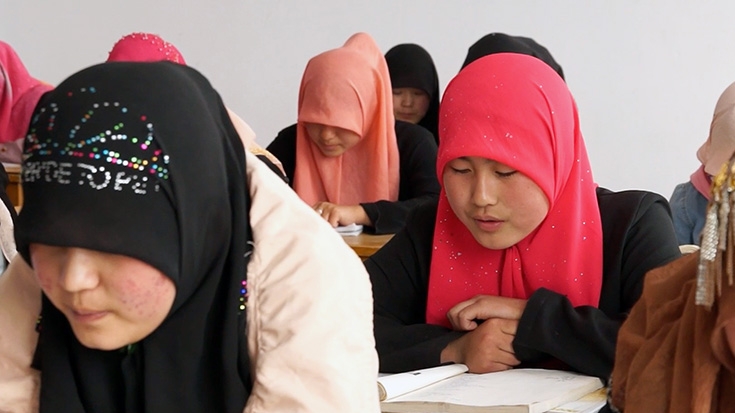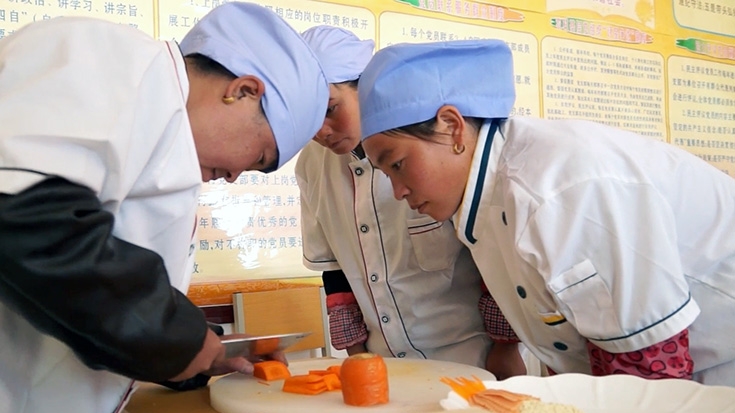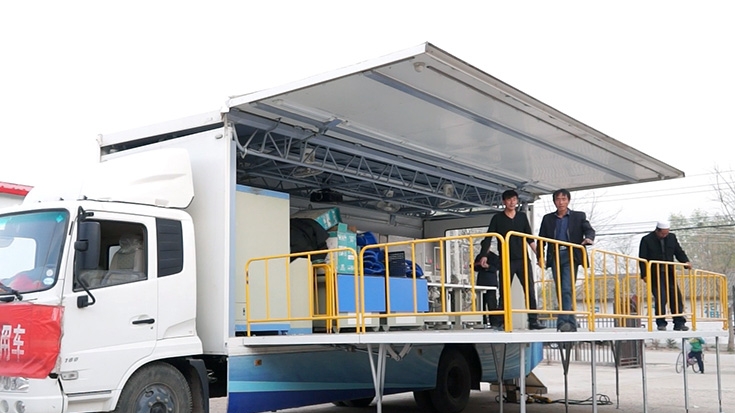Challenge
In 2006, there were over 130 million rural migrant workers in China. An estimated one in five rural workers was a migrant worker, and nearly one-half of the rural population had one or more family members being migrant workers. Migrant labor likely accounts for about one-third of total urban employment.
Rural migrant workers often filled the most menial and lowest paying jobs in urban labor markets, due to low educational and skill levels. They concentrated in occupations that exposed them to greater risk of work-related injury and illness. Few rural migrants were covered by social insurance programs, so any serious injury or illness imposed an immense burden on them and their families.
Working conditions were also a serious problem, with considerable evidence of basic employment rights abuses and delayed or unpaid wages and limited avenues opened for protection. Migrant workers generally lack knowledge of their legal rights. Information about job opportunities and living conditions in destination cities remained largely informal.
Approach
The Rural Migrant Skills Development and Employment Project focused on three major challenges that rural migrants generally face in cities: skills development, employment services, and worker protection. The project was designed to increase rural migrants’ access to better skills training opportunities and enhance provision of employment services. To improve working conditions, the project aimed to improve coverage and terms and conditions of labor contracts, provide legal aid services to migrants, and develop implementation regulations for the labor arbitration law, with particular focus on exploring an expedited arbitration process for migrant workers.
The provinces of Anhui and Shandong and the Ningxia Autonomous Region were selected as project sites. Anhui and Ningxia are primarily senders of migrants to urban areas in other provinces, whereas Shandong is both a sender and a receiver. The project would cover 13 counties in 10 municipalities and prefectures, and finance the procurement of equipment and other investments in 23 technical vocational education and training schools, technical colleges, and training centers.
Project investments would also reach beyond the rural migrants in the three project provinces to include the policy studies influencing policies affecting all 260 million rural migrant workers today and many hundred million more migrant workers in the future, as well as the digital curriculum designed under the project, which was planned to be widely distributed online.




